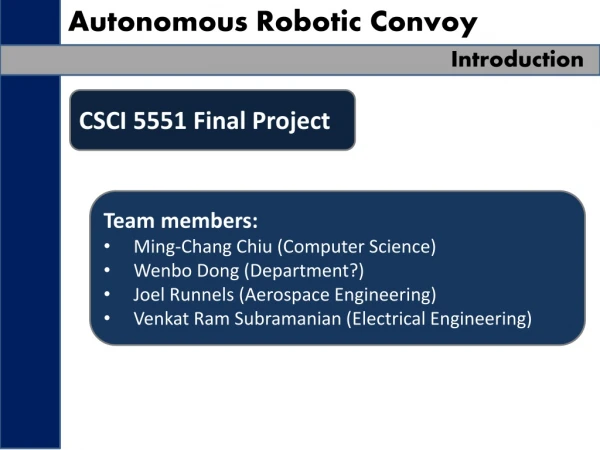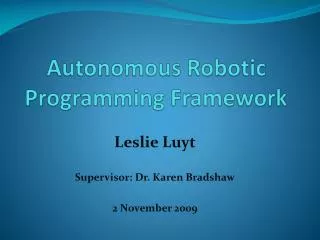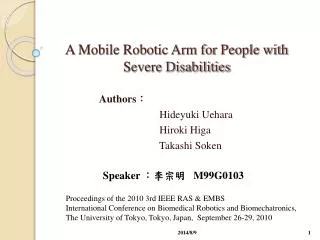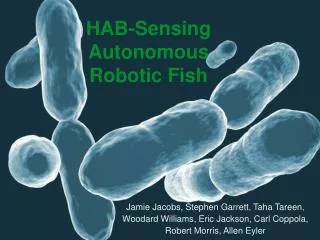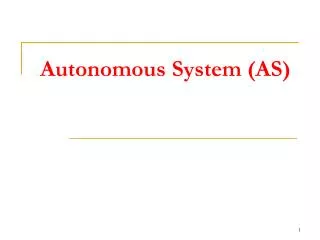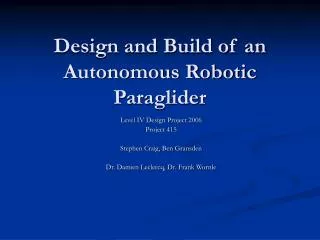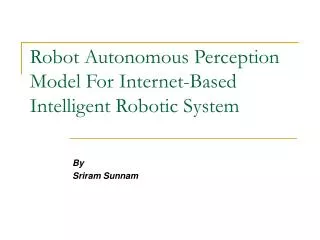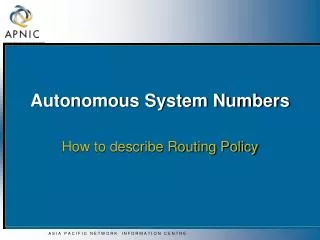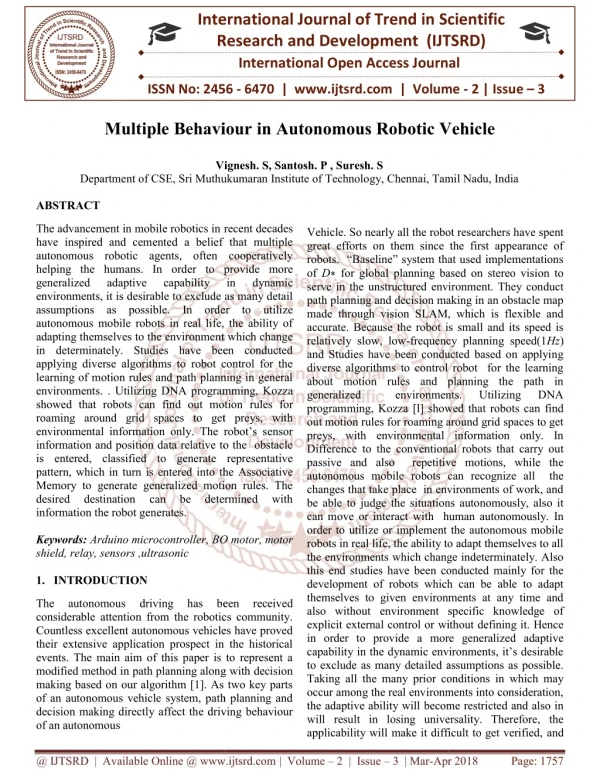Military Robotic and Autonomous System (RAS) Market Latest Revenues
0 likes | 11 Views
According to BIS Research, the Global Military Robotic and Autonomous System Market was valued at $17,575.1 million in 2022 and is expected to reach $19,794.0 million by 2033, growing at a CAGR of 1.10% during the forecast period of 2023-2033.
Download Presentation 

Military Robotic and Autonomous System (RAS) Market Latest Revenues
An Image/Link below is provided (as is) to download presentation
Download Policy: Content on the Website is provided to you AS IS for your information and personal use and may not be sold / licensed / shared on other websites without getting consent from its author.
Content is provided to you AS IS for your information and personal use only.
Download presentation by click this link.
While downloading, if for some reason you are not able to download a presentation, the publisher may have deleted the file from their server.
During download, if you can't get a presentation, the file might be deleted by the publisher.
E N D
Presentation Transcript
More Related

